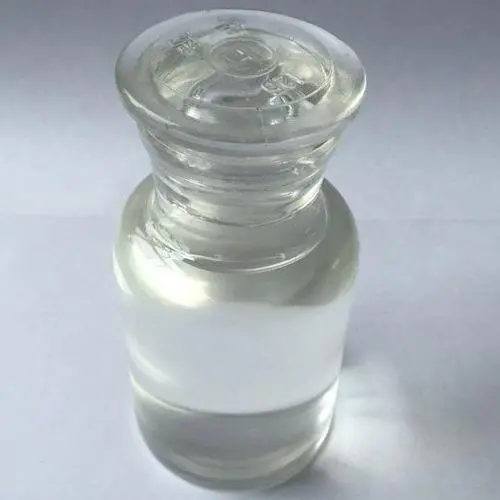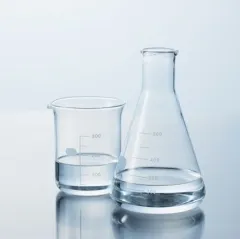**The Secret Life of Lung Bubbles: How a Tiny Molecule Keeps Them from Popping**
(How Does Surfactant Reduce Surface Tension In Alveoli)
Imagine blowing soap bubbles. The thinner the bubble wall, the easier it pops. Now picture millions of tiny bubbles inside your lungs, thinner than soap films, working nonstop to keep you alive. These are the alveoli, the air sacs where oxygen enters your blood. But why don’t these fragile structures collapse every time you exhale? The answer lies in a slippery, soap-like hero called surfactant.
Surfactant is a mix of fats and proteins made by your lungs. Its job is simple but life-saving. It messes with the forces that usually make water molecules stick together. Water loves to cling to itself, creating surface tension. This tension is why water forms droplets, not puddles, on a waxed car. In alveoli, high surface tension would pull the walls tightly inward, collapsing the sacs like deflated balloons. Surfactant steps in to break this tension.
Here’s how it works. Picture water molecules in the alveoli as a crowd of people holding hands tightly. The tighter they grip, the more the “walls” of the alveoli get pulled inward. Surfactant acts like a disruptor. It shoves itself between the water molecules, forcing them to loosen their grip. The molecules can’t cling as strongly, so the surface tension drops. The alveoli stay open instead of collapsing.
But surfactant isn’t just a tension-breaker. It’s also a smart molecule. It changes behavior based on the alveoli’s size. When you exhale, alveoli shrink. Surfactant molecules get squeezed together, forming a dense layer that shields the shrinking sac from collapsing. When you inhale, alveoli expand. The surfactant layer spreads out, still keeping tension low so the sacs can inflate easily. This adaptability is why healthy lungs inflate like smooth balloons, not stiff rubber balls.
Babies in the womb don’t produce surfactant until late in pregnancy. This is why premature babies often struggle to breathe. Their tiny alveoli can’t fight surface tension, leading to collapsed lungs. Doctors treat this by giving artificial surfactant, a lifesaving trick copied from biology.
The magic of surfactant isn’t just in its chemistry. It’s in how it teams up with lung structure. Alveoli are stretchy but delicate. Without surfactant, even a deep breath could damage them. Every exhale would require Herculean effort to reinflate them. Surfactant cuts the work of breathing by over 90%. You barely notice the effort of filling your lungs, thanks to this unsung lubricant.
Nature’s solutions are often elegantly simple. Surfactant is no exception. It doesn’t need complex machinery or energy. It relies on the basic physics of molecules repelling and attracting. Yet this simplicity is what keeps your lungs from turning into a sticky, collapsed mess with every breath.
(How Does Surfactant Reduce Surface Tension In Alveoli)
Next time you take a deep breath, think about the microscopic hustle in your alveoli. Trillions of surfactant molecules are busy loosening molecular handshakes, keeping those lung bubbles just bouncy enough. It’s a tiny process with massive stakes—proof that sometimes, the smallest things hold life together.
Inquiry us
if you want to want to know more, please feel free to contact us. (nanotrun@yahoo.com)




